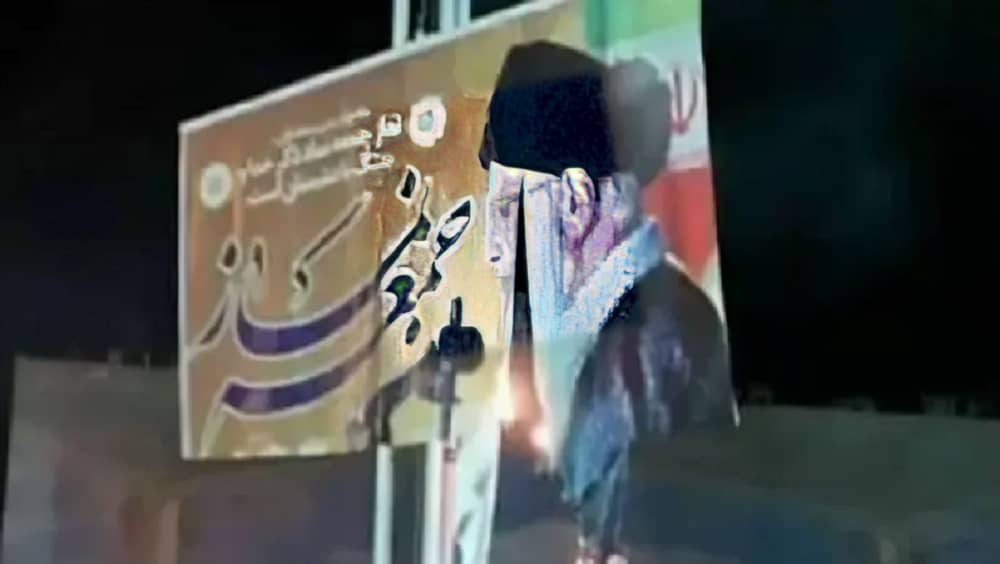
On March 1, 2024, Iran found itself at a pivotal juncture as it witnessed the largest state election boycott in its history, undermining the clerical regime’s quest for legitimacy. Despite Supreme Leader Ali Khamenei and his regime’s intense efforts to galvanize voter turnout through months of intimidation and appeals, the result was a staggering repudiation of their authority.
In an unprecedented display of dissent, data from nearly 2,000 polling stations across 215 cities in 31 provinces revealed a mere 8% voter participation rate among eligible Iranians. This paltry figure translates to only 5 million people casting their ballots, effectively turning the elections into a referendum wherein the majority of Iranians expressed their discontent with Khamenei’s leadership.
In the lead-up to the election, Khamenei himself took to urging Iranians to vote, emphasizing the importance of casting votes for all available positions in an attempt to showcase democratic engagement. However, the Ministry of Interior’s Election Headquarters’ attempts to ease voting restrictions, such as allowing voters with photo-less national ID cards, did little to sway the public. These measures, coupled with previous concessions like not stamping ID cards to prevent vote repetition and fraud, highlighted the regime’s desperation to project a semblance of electoral integrity.
The regime’s strategy also included deploying deceptive tactics aimed at blurring political lines with the introduction of the “Nation’s Voice” list, an attempt to circumvent the people’s outright rejection of all political factions within the regime. This, alongside coercive measures against prisoners and the extension of voting hours, underscored the regime’s struggle to engage a disillusioned populace.
Reports from various provinces painted a grim picture of the regime’s failure to mobilize its base, with notable declines in voter turnout and instances of public dissent. In Urmia, for example, participation levels were significantly lower than in 2020, with no queues observed at polling stations and incidents of ballot box vandalism. The election day also saw violent attacks against Basij members and a Friday prayer leader, further indicating the volatile atmosphere surrounding the boycotted elections.
This widespread boycott not only signifies a profound loss of socio-political capital for the Iranian regime but also marks a critical step towards regime change. The Iranian people’s resolute abstention from the polls, despite the regime’s coercive efforts, demonstrates a clear rejection of Khamenei and the clerical regime’s authority. This movement, largely ignored by the regime’s mouthpieces and misrepresented in Western media, highlights the growing chasm between the Iranian state and its citizens.
Watch and judge how #Khamenei's representatives in various cities across #Iran have resorted to begging for participation in the regime's upcoming sham elections. pic.twitter.com/HBdPdjvenH
— NCRI-FAC (@iran_policy) February 25, 2024
As empty polling stations across Iran become the new symbol of resistance, the international community is reminded of the Iranian people’s enduring struggle for sovereignty and democratic rights. This election boycott, far from being a mere political statement, is a clarion call for change, echoing the aspirations of a nation determined to reclaim its destiny through decisive action both on the streets and at the ballot box.

MEK Iran (follow us on Twitter and Facebook), Maryam Rajavi’s on her site, Twitter & Facebook, NCRI (Twitter & Facebook), and People’s Mojahedin Organization of Iran – MEK IRAN – YouTu
